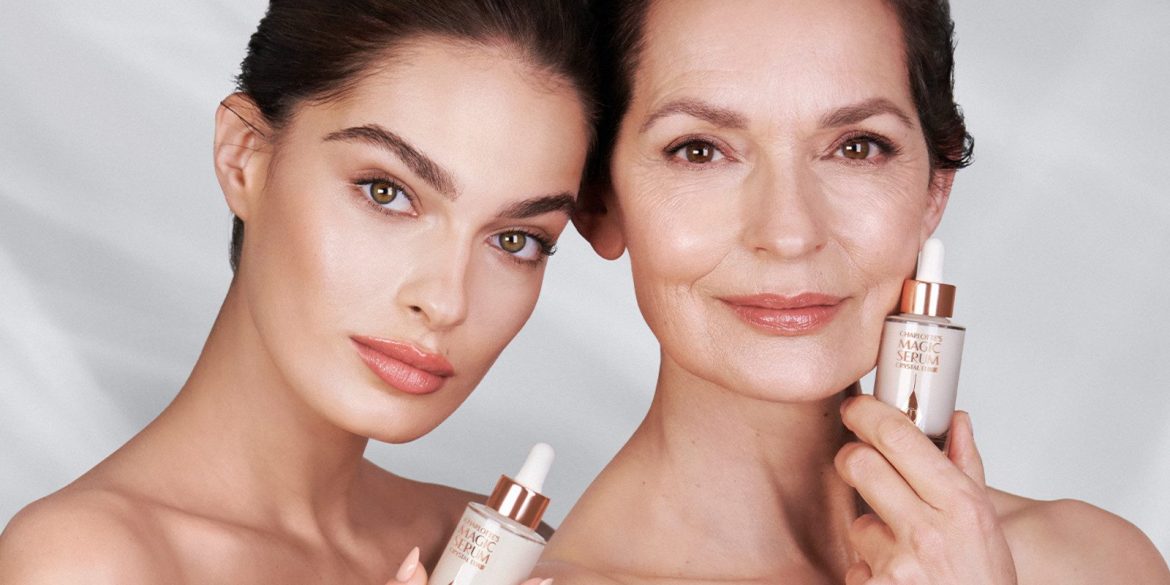By Helene Ravlich
It seems like every other week the beauty industry drops a fresh, new ingredient that promises to fix a myriad of issues, but not all of them live up to the hype. Quite the opposite however is polyglutamic acid – one of skin’s newest champions that comes with a proven record in the medical realm and some seriously great stats to back it up.
With a promise to transform lacklustre and stressed out skin back to its pre-pandemic state of glow, polyglutamic acid has been hailed as the new hyaluronic acid on the block that delivers even more moisture than its predecessor.
Polyglutamic acid (or more commonly, PGA) is a naturally-derived ingredient found commonly in Nattō, a Japanese food made from fermented soybeans that I frequently snacked on when I visited the Kunisaki Peninsula a couple of years ago. A possible solution especially for those found to be suffering from dry and dehydrated skin, PGA may technically be an acid, but it’s nothing like that found in peels that use ingredients such as salicylic or glycolic acid to slough off dead skin. In fact, polyglutamic acid has been found to hold up to 5,000 times its own weight in water – that’s five times that of hyaluronic acid – meaning the much hyped new ingredient packs a major hydrating punch.
Before polyglutamic acid ever made its way into your new favourite serum, it was being used in the medical realm, primarily for wounds and burns. This makes it perfect for addressing winter skin woes and generally stressed out skin, while as a water soluble peptide, one of PGA’s many game-changing qualities is its ability to inhibit hyaluronidase. The latter is an enzyme which breaks down the skin’s naturally occurring hyaluronic acid as we age, making PGA an effective preventative ingredient too.
So will in replace the rest of your skincare regime? Well, no. PGA doesn’t replace transformational ingredient groups, like retinoids or alpha hydroxy acids, but it is a nice addition to our hydration tool kit, and works very well with vitamin C. In addition, PGA may already be lurking in your skincare regime, and there are no products PGA interacts badly with. However because it is a large molecule, it does need to always be the last step in serum application as it sits on the surface and locks in the thinner and lighter products underneath. Sitting in the upper portion of your skin means that PGA will help give it that classic “glass skin” type of look, but you’ll need your extras to really keep your skin at its healthy best.
Where you’ll find PGA:

Verso Hydration Serum

Charlotte Tilbury Charlotte’s Magic Serum Crystal Elixir

The INKEY List Polyglutamic Acid Hydrating Serum

